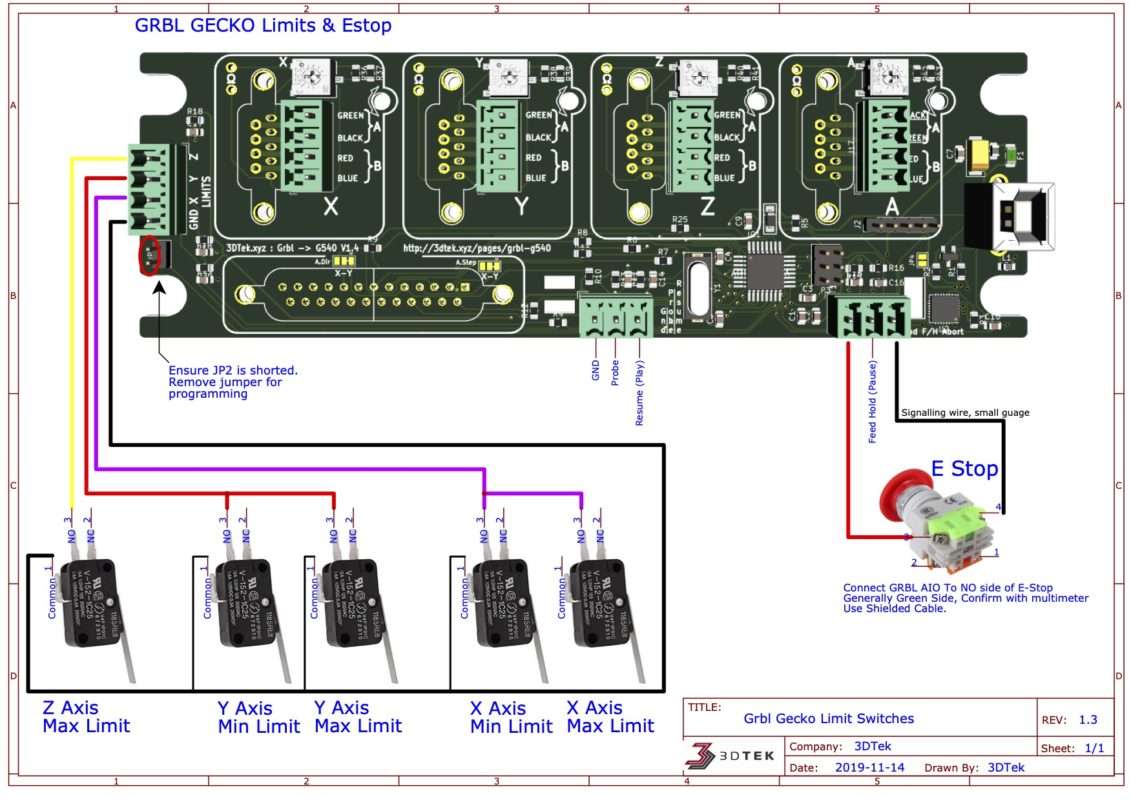
Nominal data rate of 25 gigabits per second – rivaling that of HDMI. Wireless specification based and frequencies as high as 60 GHz and features an impressive maximum Other new technologies are designed to opearate on frequency bands much higher still WirelessHD is a IEEE 802.11ac is the latest standard standard for emerging WiFi technology, operating exclusively inĥ GHz band and offering significant improvements in speed, range, power consumption, and reliability. GHz range such as Wi-Fi based on IEEE 802.11a and 802.11n wireless standards, which both 5 GHz The ISM (industrial, scientific and medical) bands include several frequencies in the high Still, these types of signals can be made highly directional, and are seeing increasing use in modern Reason, extremely high frequency communications are either severely limited in range or always require Will experience significant attenuation and scattering issues due to moisture in the air. At these frequencies water is more or less "opaque", so a microwave signal Wireless signals in the upper end of the super high frequency (SHF) band and higher (5 GHz+) are » Antennas » RF Switches » Filters » LNAs (Low Noise Amplifiers) » PowerĪmplifiers » Buffers » Mixers » VCOs (Voltage Controlled

Recent near field communication technology (NFC), found today in many of the newest smartphones, spans a wide (54 MHz to 806 MHz) range of carrier frequencies. MHz) and FM broadcast radio (87 MHz – 108 MHz) are in this lower range of frequencies as well, and Occupying the 26.79 MHz to 27.4 MHz range in the United States. ZigBee, a specification for low-powerĬommunication in wireless personal area networks (WPANs), as well as the IEEE 802.15.4 standard it isīased on, can use the 900 MHz ISM band in the Americas.Īlso in the sub- GHz range is Citizens’ Band (CB) radio, a popular two-way amateur radio service Walkie-talkies, amateur radio and even amateur television. Well-known ISM (industrial, scientific and medical) frequency range used for cordless phones, The 900 MHz band, or 33-centimeter band, is Technologies use radio frequencies below 1 GHz (1000 MHz). These products are organized by wireless technology and can be browsed underĪlthough wireless communication is often associated with the 2.4 GHz frequency range, many devices Modules, transceivers, and SoCs often include data link layer support for one or more wirelessĬommunication protocols. Wi-Fi, Bluetooth, etc.) because these devices only provide physical layer (PHY) support. While individual radio components such as mixers, filters, and power amplifiers can be classifiedĪccording to operating frequency range, they cannot be strictly categorized by wireless standard (e.g. Remote metering/monitoring, and many more. Including television broadcasting, radar systems, computer and mobile platform networks, remote

RF communication is used in many industries Waves that oscillate at various chosen frequencies. Humankind communicates with artificially created Stars in space that radiate RF waves as they age. RF waves occur naturally from sun flares, lightning, and from Rate of oscillation (of the radio waves.) RF propagation occurs at the speed of light and does notĪ medium like air in order to travel. Radiation with identified radio frequencies that range from 3kHz to 300 GHz.

Radio waves are a form of electromagnetic A radio frequency (RF) signal refers to a wireless electromagnetic signal used as a form ofĬommunication, if one is discussing wireless electronics.


 0 kommentar(er)
0 kommentar(er)
